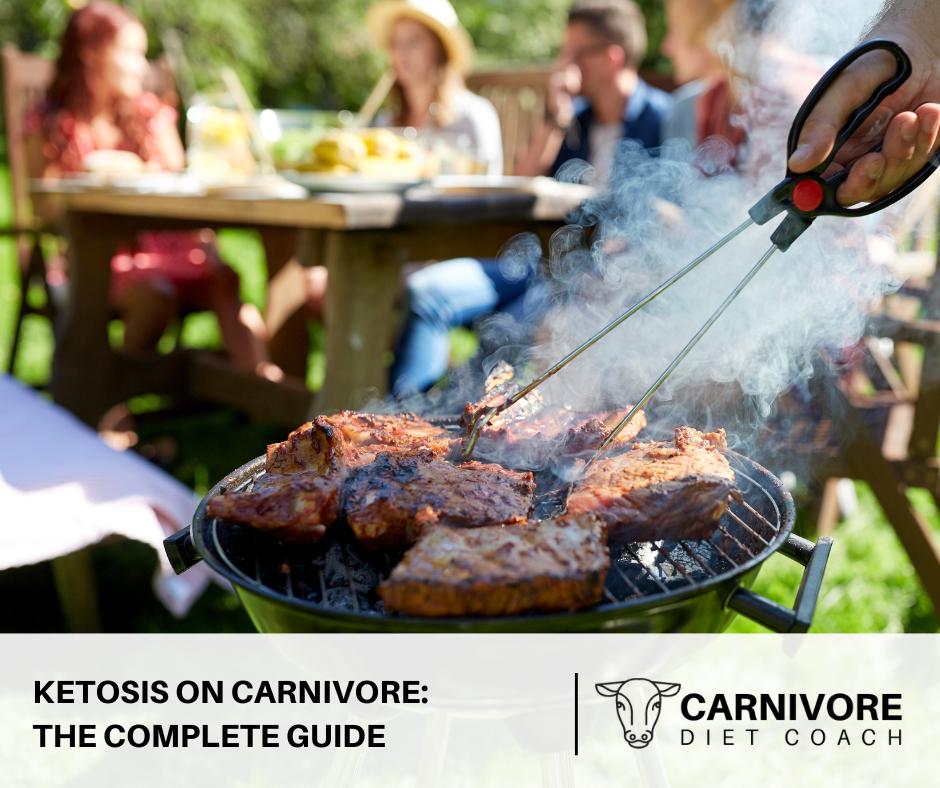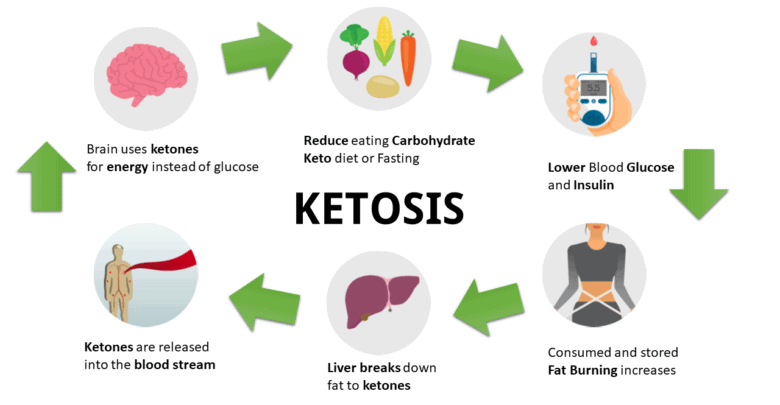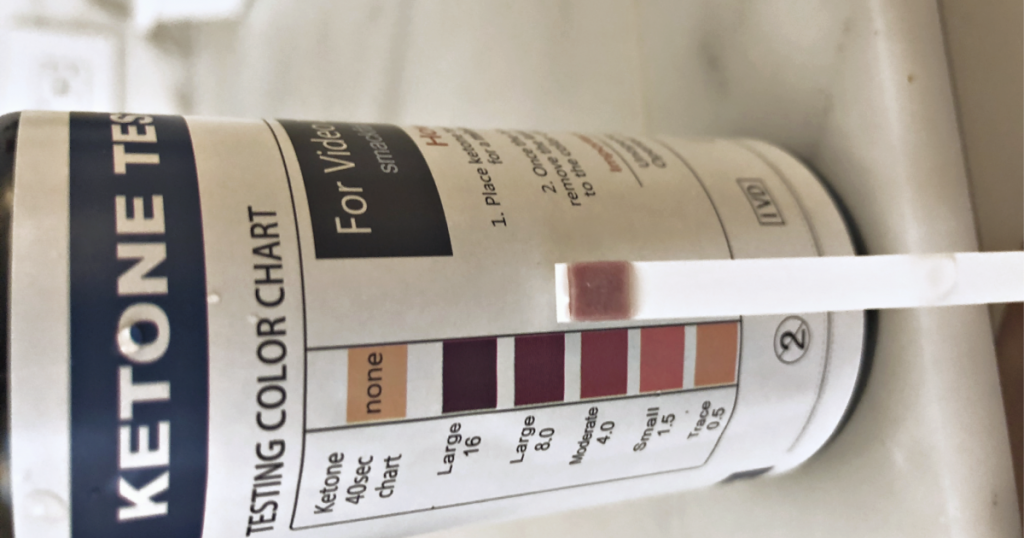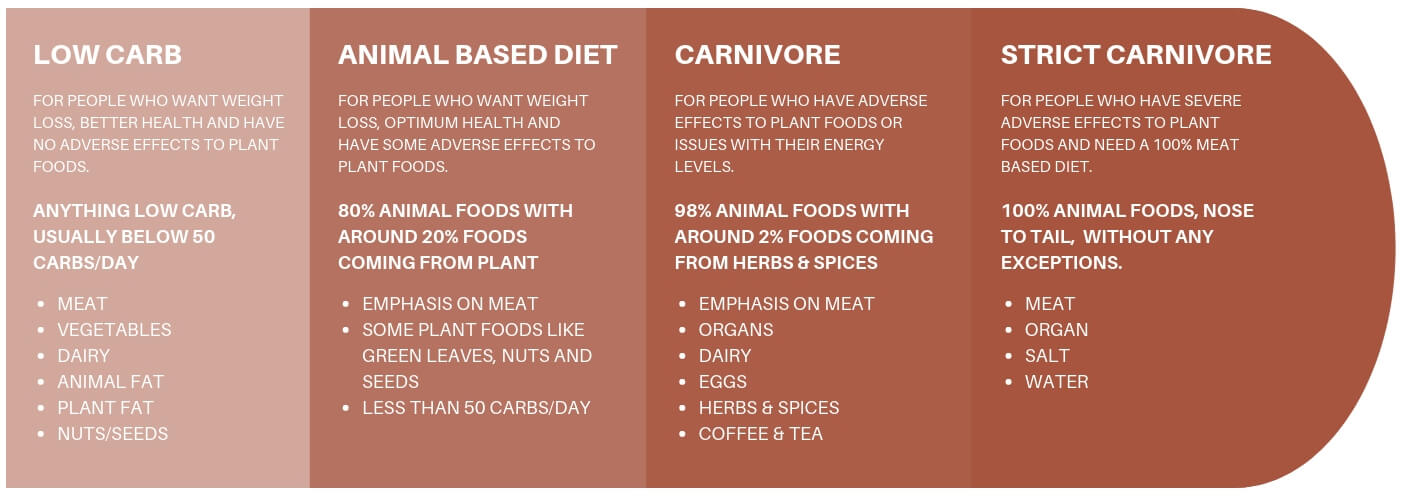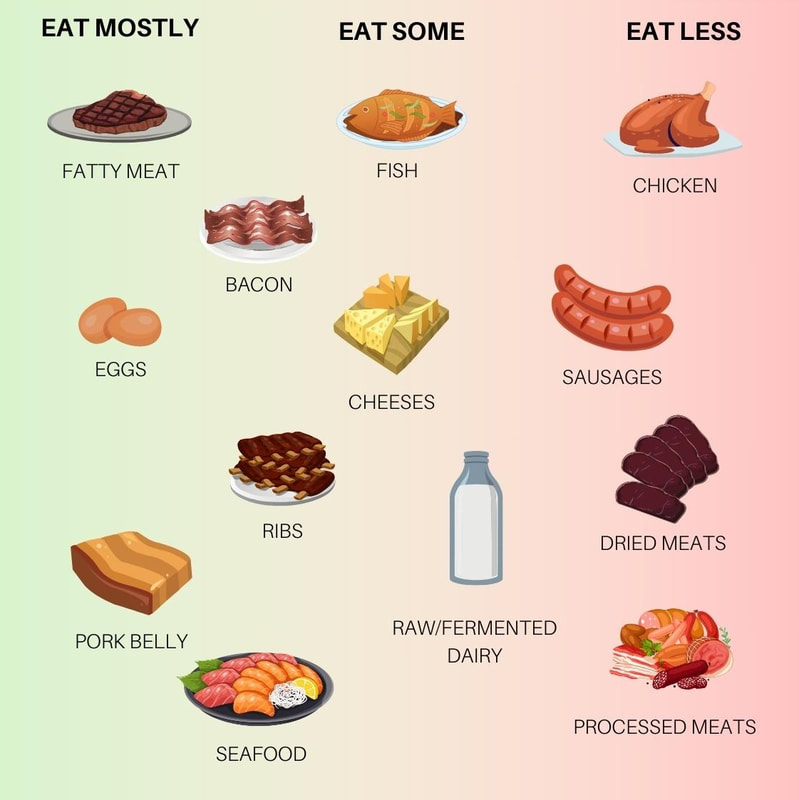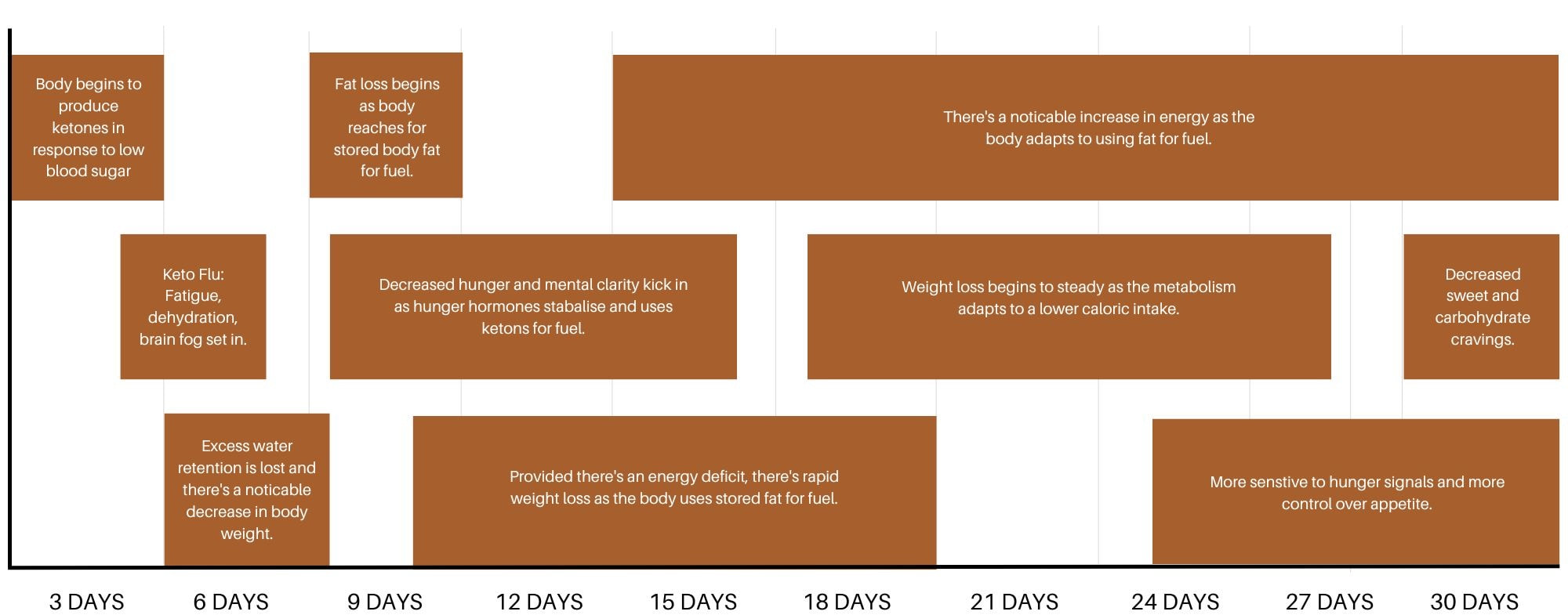|
THE COMPLETE
CARNIVORE DIET GUIDE
Learn how to lose weight, fix your gut and cure autoimmune symptoms with our free Carnivore Diet guide.
|
|
The ketogenic diet has been hailed as an effective treatment for obesity, epilepsy, and even diabetes. This high-fat, low-carb diet dramatically lowers carbohydrate intake, sending the body into a state known as nutritional ketosis. However, the keto diet can affect different people in different ways, depending on their state of health. Various factors influence how long it takes the body to enter ketosis. And while the keto diet and ketosis have their pros, they have cons too. Are you thinking of following the ketogenic diet? Before you do, read this complete guide to understanding ketosis. What Is Ketosis? So, what exactly is ketosis? When you severely restrict carb intake, as with the keto diet, your body no longer has access to high amounts of glucose. Because this is the main source of energy in the body, an alternative ‘fuel’ has to be found. Fortunately, fat is a great fuel source too. Thus, the body starts burning fat, it releases ketones that are used for energy. Ketosis is the metabolic state that the body enters while doing so. That is where the ketogenic, or keto, diet gets its name. But we said it happens while following diets like keto. Does that mean that you can enter ketosis without following the ketogenic diet? Can You Enter Ketosis Without Following The Keto Diet? Any time you reduce the carbohydrate fuel source, and your body has to start burning fat for energy, you will enter ketosis. You can enter ketosis while on a strict carnivore diet or a very strict paleo diet. You can also enter ketosis through strict or intermittent fasting (IF). Start eating carbs again though, or consume processed foods, sugar, fruits (they contain natural sugars), or even dairy (lactose is a type of glucose), and you get thrown out of the ketosis metabolic state. How To Know You're In KetosisIt’s not difficult to know when your body has entered ketosis. You can do a ketone blood test or urine test. Or use a ketone breathalyzer device. These tests all measure the level of ketones in your system, whether through blood, urine, or breath. The testing strips can be purchased from various medical supply stores and some online keto-diet product suppliers sell the breathalyzers too. But you’ll notice it rather quickly without testing, too. Just look out for these signs. Signs You’re In KetosisWhen your body enters ketosis, you’ll notice one or more of the following:
What Is The Ketogenic Diet?The ketogenic diet is a low-carbohydrate intake diet. It encourages a moderate protein intake and high fat intake. This diet aims to put the body into the metabolic state known as ketosis when it burns fat for energy instead of carbohydrates. But what many people don’t know is that just as there are many low-carb diets, there are different types of diets. Types Of Keto DietsOne of the most commonly reported drawbacks of the keto diet is that it’s hard to follow. It’s very restrictive, and it’s so easy to get thrown out of ketosis with just one meal. So, which keto diet will you find easiest to follow to get into and stay in a state of ketosis? The standard ketogenic diet is the most common route for people beginning keto. But there are times when you may be happy to be temporarily thrown out of ketosis, to get the benefits of carbohydrates. Let’s look at the types of keto diets and what they would mean for you. 1. SKD The standard ketogenic diet, or SKD, requires a low carb intake, moderate protein intake, and high fat intake. You’ll consume roughly 20% protein, 10% carbohydrates, and 70% fat. This is the keto diet most people are familiar with, and it will help you to get into a state of ketosis fast. It’s a good choice if you’re trying to lose weight. 2. HPKD A high-protein ketogenic diet or HPKD is very similar to the standard keto diet. The difference is that it entails a higher protein intake, with 5% carbs, 35% protein, and 60% fat. This, too, will push you into ketosis fairly quickly, but it’s a good choice for weightlifters who are looking to bulk up. 3. CKD The cyclical ketogenic diet requires cycling days of high carbohydrate nutrients with standard keto days. Endurance athletes sometimes choose this form of the keto diet to meet their energy demands. 4. TKD The targeted ketogenic diet, or TKD, is popular with HIIT training enthusiasts. It entails carbohydrate intake before and after the intensive physical exercise. Potential Health Benefits Of KetosisBeing in a state of nutritional ketosis offers several potential health benefits. Here are the most common ones according to medical professionals. 1. Weight Loss When your body enters ketosis, your fat reserves are used as a primary fuel source instead of glucose. The body becomes a fat-burning machine, which is why weight loss is one of the first benefits you’ll experience on the keto diet. Losing weight not only makes you fit better in your clothes, but it can also be a health benefit. Obesity is a leading contributor to heart disease, diabetes Type II, and even certain cancers. Lose the excess weight, and you’ll be able to lead a more active lifestyle, with a reduced risk for these often fatal diseases. 2. Lower Risk Of Cardiovascular Disease Some of the most promising potential health benefits of the ketogenic diet and ketosis are the improvements in blood pressure, triglycerides, and good (HDL) cholesterol levels. These benefits improve your overall health and also work together to lower the risk of cardiovascular disease. 3. Lower Incidence Of Epileptic Seizures Some healthcare providers have seen good results by placing their child patients suffering from epileptic seizures, on the ketogenic diet. Therefore, ketosis may form part of a treatment regimen for epilepsy. Results do vary, but in some children, the improvement has been dramatic. 4. Fewer Blood Sugar Spikes People with Type II diabetes often turn to keto to manage blood sugar spikes. In ketosis, blood sugar spikes are greatly reduced. That’s because the low-carb diet lowers your consumption of the type of foods that cause blood sugar levels to rise. Potential Risks Of Ketosis Is keto safe for the long term? Maybe not. Studies suggest it may be bad for your heart. How you react to keto long-term may also depend on which type of keto diet you follow and underlying medical conditions will also dictate how safe keto is for you in the long run. The fact is, when the body remains in a state of nutritional ketosis for extended periods, there are various risks. 1. Digestive Issues Fiber is important for healthy digestive processes and bowel movements. By eliminating carbs from the diet, you reduce the fiber content in your diet. If you don’t ensure fiber from other sources, you might develop digestive issues and constipation. 2. Kidney Stress Citrate in human urine binds to calcium, preventing kidney stones. When citrate levels fall, the risk of kidney stones rises. Ketogenic diets can make your urine more acidic, with an increased excretion of calcium. Studies show that ketosis reduces citrate release, leading to a higher risk of kidney stones. 3. Dangerously Low Blood Sugar Very low blood sugar levels can be dangerous, especially for Type I diabetics on insulin medication to lower their blood sugar. This is often resolved by adjusting the insulin levels through lower medication dosages. 4. Nutritional Deficiencies Nutritional deficiencies are a risk when following restrictive diets like keto. The foods avoided on the ketogenic diet, like fruits, starchy vegetables, and whole grains, offer the body nutrients like vitamins and minerals. Avoid those foods and you risk a deficiency unless your diet is properly balanced. What To Eat On The Keto Diet The keto diet is restrictive, but rather than focusing on what you can’t eat, it’s better to focus on what you can. This will help you decide if keto is right for you. The keto diet is similar to the carnivore diet in that it allows meats and seafood. It also encourages high-fat consumption, in the form of dairy cream, full-fat cheese, and butter. So, what’s the difference between the carnivore diet vs keto? Keto includes non-starchy vegetables, some low-carb fruits, nuts, seeds, and oils, which are absent from the strict form of carnivore. If you can’t decide between the two, the ketovore diet, a combination of the keto diet and the strict carnivore diet, may be right for you. Tips For Getting StartedStarting the keto diet produces some side effects similar to those of the carnivore diet. They are usually temporary but can make it a challenge to stay on the diet.
Final ThoughtsThe ketogenic diet, and the resulting metabolic state of ketosis, are not easy to sustain. It’s a very restrictive diet and requires lots of discipline. A high-fat diet is not right for everyone. Also, one carb-heavy meal, or fruity, dairy, and sugary snacks, can throw you out of ketosis.
But there are different types of keto. If you are a professional sportsperson or gym enthusiast you may want to transition to one of the alternatives to standard keto. The benefits of ketosis can also be realized on other low-carb diets, like the carnivore diet.
0 Comments
Leave a Reply. |
Carnivore Diet Recipes & Meal PlansOur Trusted Partners
Popular Guides
|


